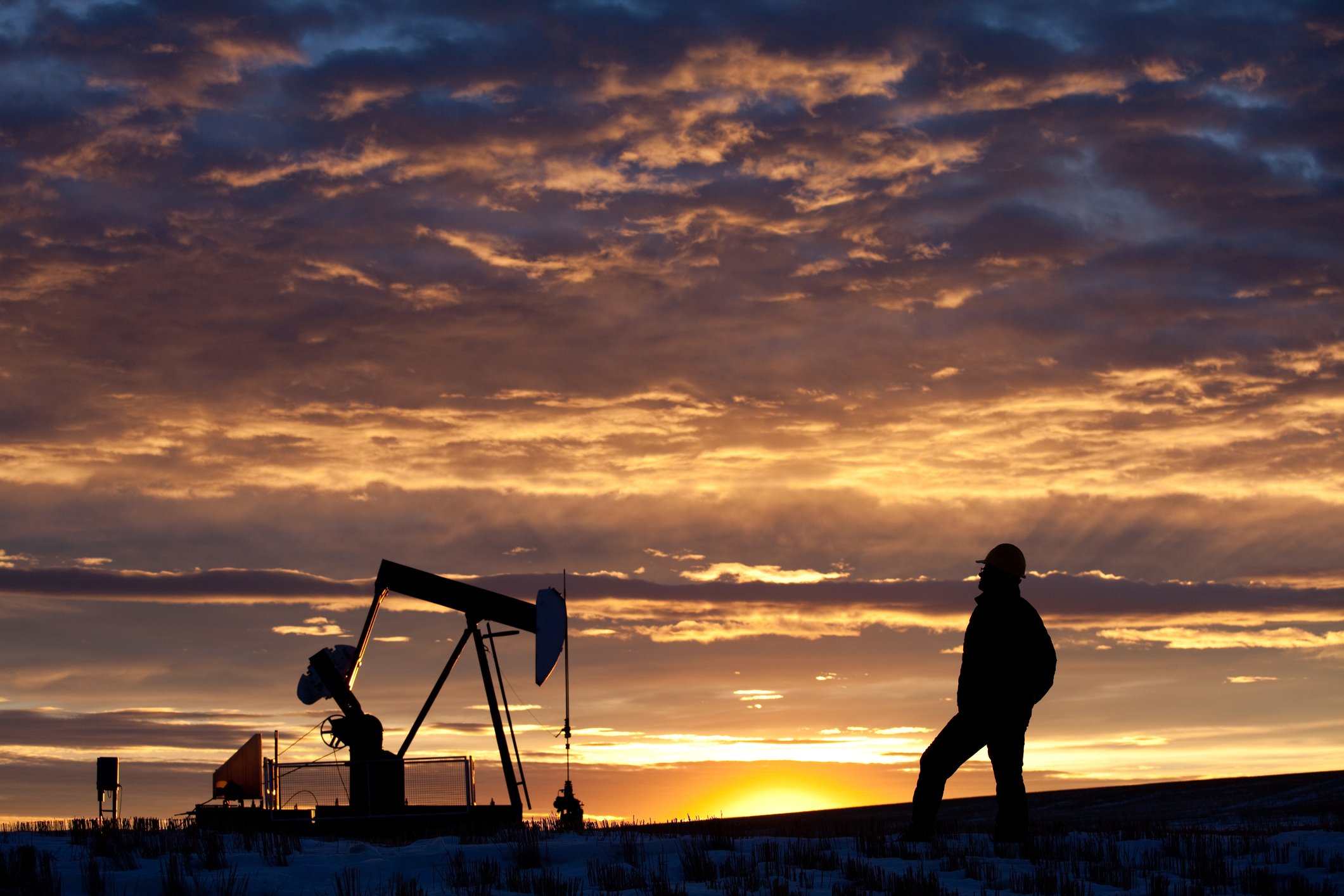If you haven't looked at Conocophillips (COP +2.58%), then you probably won't recognize this energy giant. This new-and-improved Conocophillips is looking to make a big splash as one of the premiere domestic oil and gas producers. To make this happen, though, will require some adept maneuvering from management to avoid some potential pitfalls that could cause Conocophillips to stall. Let's take a look at 3 issues that could slow Conocophillips turnaround.
1) The Return of Infrastructure issues
The biggest gains that Conocophillips has made in the last several quarters is transitioning its exploration and production more toward North America, more specifically the lower 48 states. While the company has started to see the benefits of this shift, there is one issue that could cause Conocophillips and almost every other American-centric producer some headaches: lack of infrastructure.
For the past year or so we have been talking about how infrastructure is starting to catch up with oil and gas production in several regions thanks to pipeline expansion and the surge in oil-via-rail, but the problem is that production has been growing just as quickly and could potentially overrun our oil and gas infrastructure again. Take for example the Eagle Ford formation. The Texas Railroad Commission estimates that this oil play's production has grown by a factor of 40 over the past 3 years, so it is incredibly difficult for pipeline to get built fast enough to keep pace. Kinder Morgan Energy Partners (NYSE: KMP) has plans to build a 200,000 barrel per day gathering system in the Eagle Ford just to satisfy Conocophillips pipeline demand in the region, but competition from others seeking to move production out of this region could result in a drop in prices.
If pipe cannot be built fast enough, we may find ourselves in a situation much like last year where we saw the price for domestic crude trade at a steep discount to international crude because of infrastructure issues. For every dollar that West Texas Intermediate prices drop, Conocophillips' earnings could take a $30 to $40 million hit. So the company may need to take a tempered approach to expanding production in the US.
2) Righting the ship in Alaska

Conocophillips tankers in Valdez, Alaska (Source: Conocophillips Media Relations)
The one region of the US that Conocophillips has struggled with recently has been Alaska. Alaskan production slipped more than 8% year over year, and the company's management had hinted at scaling back its exploration and development operations in the region because of an unfavorable tax structure and more lucrative alternatives elsewhere. The issue, though, is that Alaska represents about 13% of the company's total production and 33% of income from operations. Replacing a cash generating source like Alaska would be rather challenging no matter how fast production from the Lower 48 grows.
Now that Alaska has reformed its tax code to be more exploration friendly, Conocophillips has said that it will add another rig to its own North Slope fields to slow the decline rate in Alaska to 2%. Also, it has plans in the works with BP (BP +0.81%) and Exxonmobil (XOM +2.21%) to start a $3 billion, 110 well program in the Prudhoe Bay region to bump oil production. It will still be several years until this turnaround happens, but Conocophillips would be hard pressed to find a comparable replacement for its Alaska assets.
3) Getting seasick
Despite the big shift toward North American production, exploration off the Scottish and Norwegian coastlines in the North Sea still represents 20% of net income. Like Alaska, finding adequate reserve replacement for these assets would be rather challenging.
The issue with operations in the North Sea today relates to problems encountered by Total (TOT +0.00%) at its Elgin Field on the Scottish side of the sea. The company issued a statement saying that a gas leak last year was the result of corrosion in a well casing from using Bromide in its drilling fluids. Total plans to kill 10 wells at the Elgin complex at a cost of $2.34 billion because of this issue.
Much of the drilling today across the North Sea is in what are called High Pressure, High Temperature--commonly abbreviated to HPHT--formations, and using Bromide in drilling solution has been a common practice in offshore drilling for many years. If it is determined that well casings in this region are at risk because of using Bromide in HPHT wells, then Conocophillips may be staring down a big bill to correct its own wells in the region as well because it is the primary operator on 5 of its 10 working fields in the North Sea.
What a Fool Believes
Overall, Conocophillips has done a commendable job in both the spin off of Phillips 66 and the restructuring of its assets. The company is still in the middle of this asset turnaround as it just sold its assets in Trinidad & Tobago and its interest in the Clyden oil sands project, so we may yet see the best of the company. If it can successfully manage the upcoming issues we just discussed and continue to beat its former peers in the integrated major space, then perhaps Conocophillips might be worth putting on your radar.








